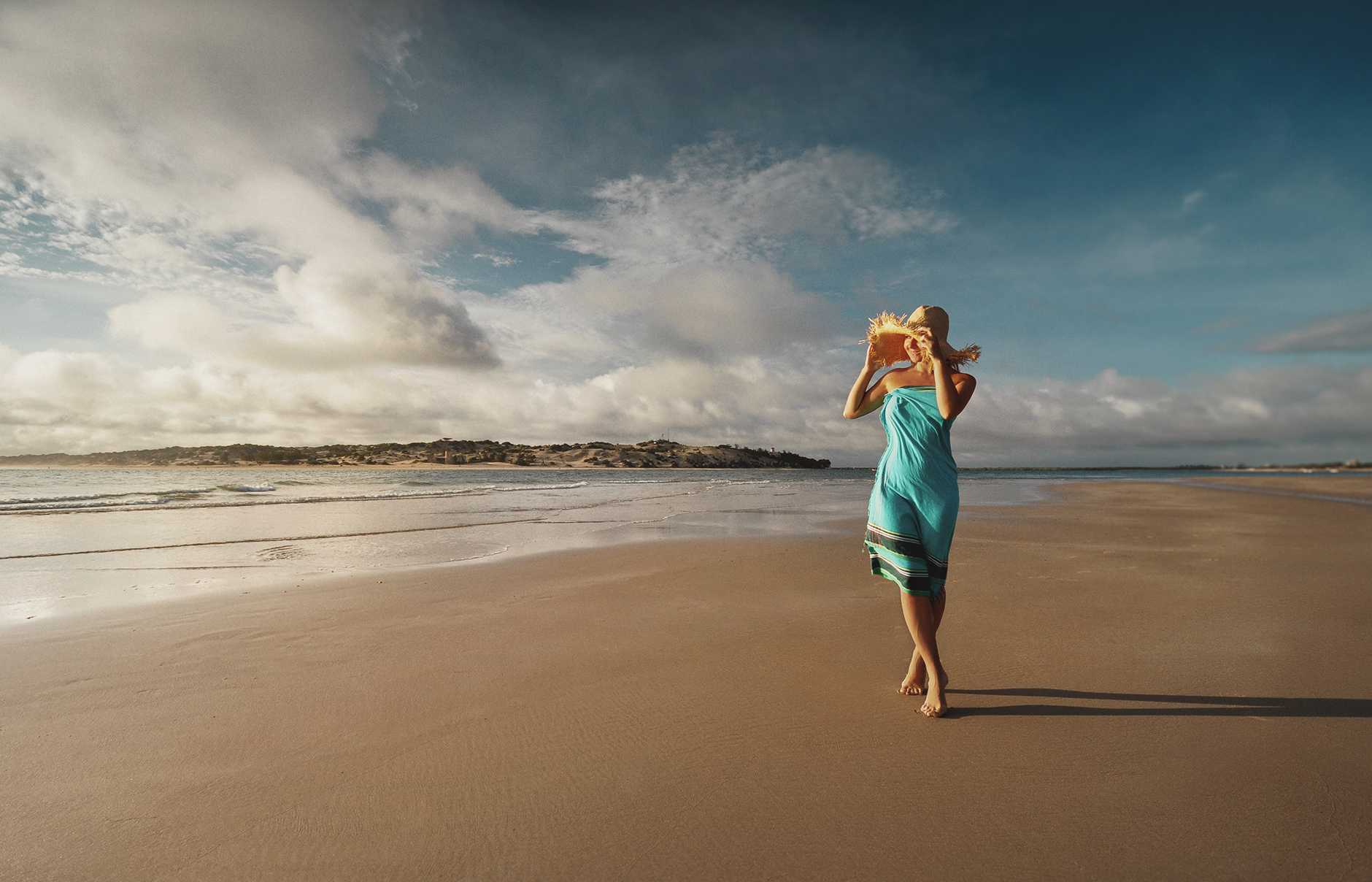

Most things to do on Lamu in some way reference the region’s illustrious past. Lamu’s medieval Swahili settlements with their unique coral-stone townhouses and overgrown ruins of old forts hark back to the period when Lamu was a place of a dynamic interchange between Africa, the Middle East, and Europe. It’s much quieter here today. Long beach strolls, dhow sailing, people-watching, and exploration of bohemian hotels await travelers seeking authentic experiences.
*This post contains affiliate links from which we may earn a commission, at no extra cost to you.
All photos in this post are by Laskowski & Zadros. © TravelPlusStyle.com.

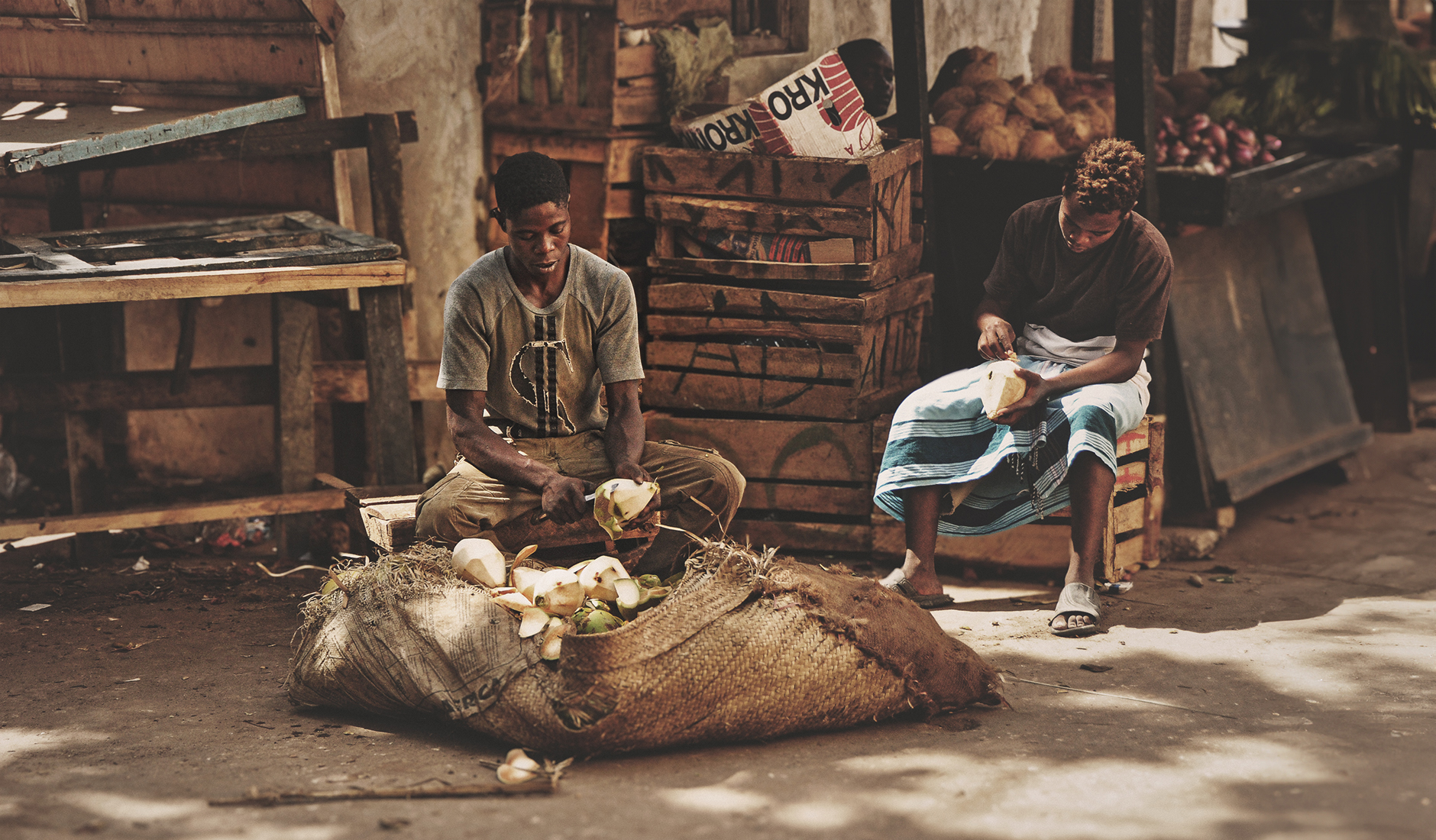
Dating back to the 12th century, Lamu Town is the oldest inhabited Swahili town in Kenya. It’s comparable only to Zanzibar, over 250 miles south, off the coast of Tanzania. Lamu—the town—is charming and authentic, with its medieval fort, its quiet townhouses adorned by elaborately carved wooden doors, the ubiquitous donkeys, and bustling markets. No wonder UNESCO recognized it as a World Heritage Site.
The white sandy beaches of Lamu are breathtaking—and that’s what makes them an item on our list. The best spots for beach strolls can be found a couple of kilometers south of Lamu Town, on the eastern tip of the island where the channel opens to the ocean, around the Shela village. Shela is not much more than a pretty waterfront and a jumble of narrow sandy pathways. Here you are never far from sandy dunes and the deserted beach.
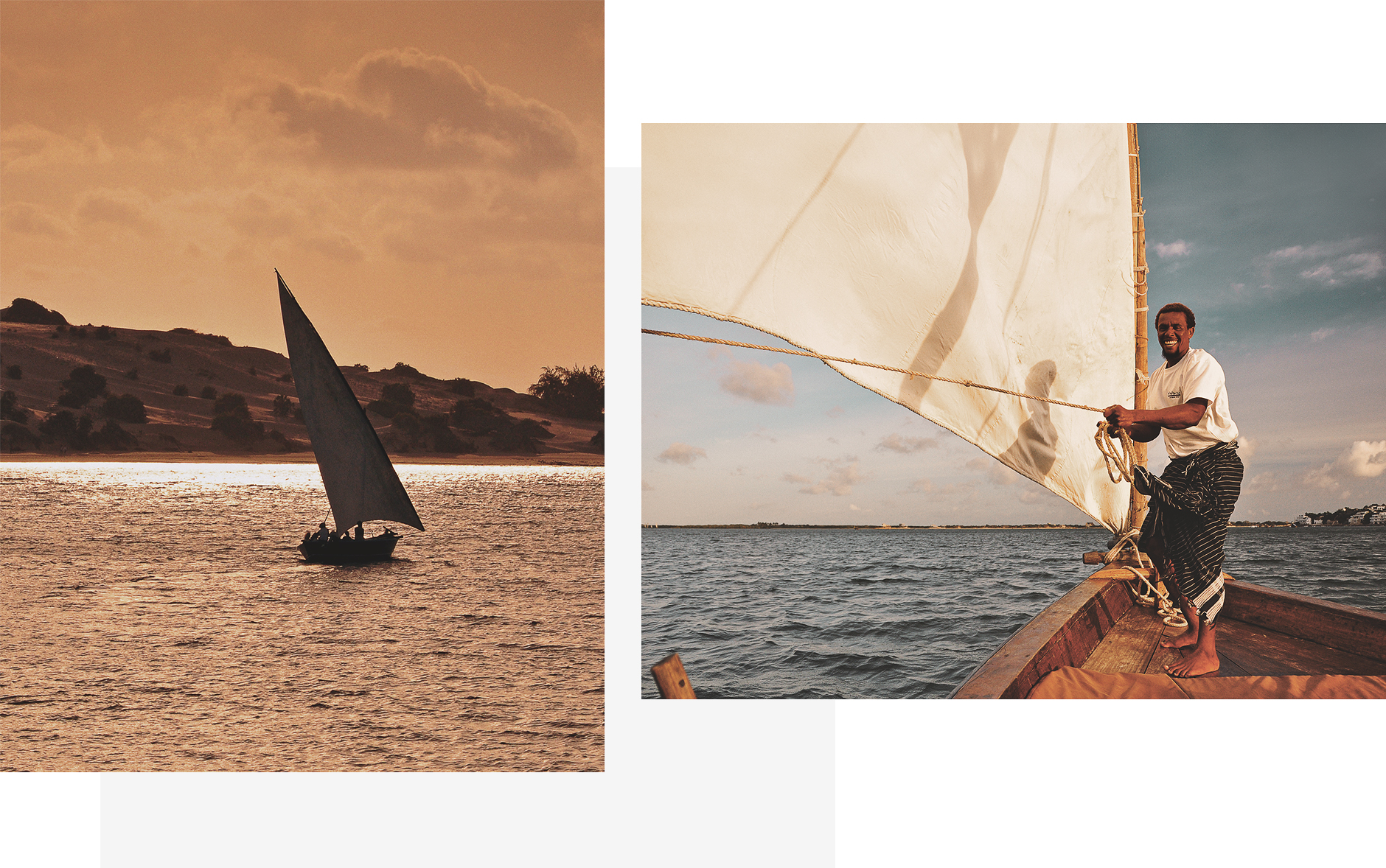
Dhow and donkey remain the only forms of transport around Lamu (there are only two cars on the entire island: one belonging to the governor, for official occasions, and the other one is an ambulance… for the donkeys). Hiring a dhow for a leisurely cruise around the archipelago is a must-do. We sailed on a beautiful boat with the crew from the Red Pepper House.
Shela village is home to many Western expats and is a popular destination even for an occasional celebrity. All come here to taste the peaceful life of the village and to unwind.
In reality, the majority of townhouses in Shela are owned by foreigners. Many properties are turned into beautifully restored, full of character and authenticity guesthouses. They are in many ways what makes Lamu unique. Particularly stunning is the Jaha House, which we were lucky to have stayed at.


While in Shela, you will no doubt have to navigate the sand-lined maze of pathways of this tiny settlement. It’s a tangle of tiny alleys, wide enough to allow a donkey to pass, and winding among tall stone townhouses, small thatched huts, a few mosques, and ruins. At the heart of the village is a roomy square, ringed with market stalls.
The international trade between Lamu and Oman, Zanzibar, India, and beyond brought goods and influenced building style, but it also altered the local cuisine. It created a unique and sophisticated blend of the African and the Eastern, more nuanced than the austere nomadic diet of mainland Africa.
Biryanis and curries, couscous and pasta, coconut rice with mango chutney, and most of all the varied seafood: it’s a rich palette of flavors enhanced by cinnamon, clove, cumin seed, and fresh coconut milk.



Just across the channel from Shela, the mostly uninhabited Manda Island provides the best spots for watching the wonderful African sun setting behind Lamu Island. Looking towards the village and the Fort of Shela, the palm-fringed, vast, empty, and unspoiled beaches of the Ras Kitau are the gem of the Lamu area. Plus, you can also enjoy sunset drinks, for example in a lovely setting at The Majlis, where we stayed.
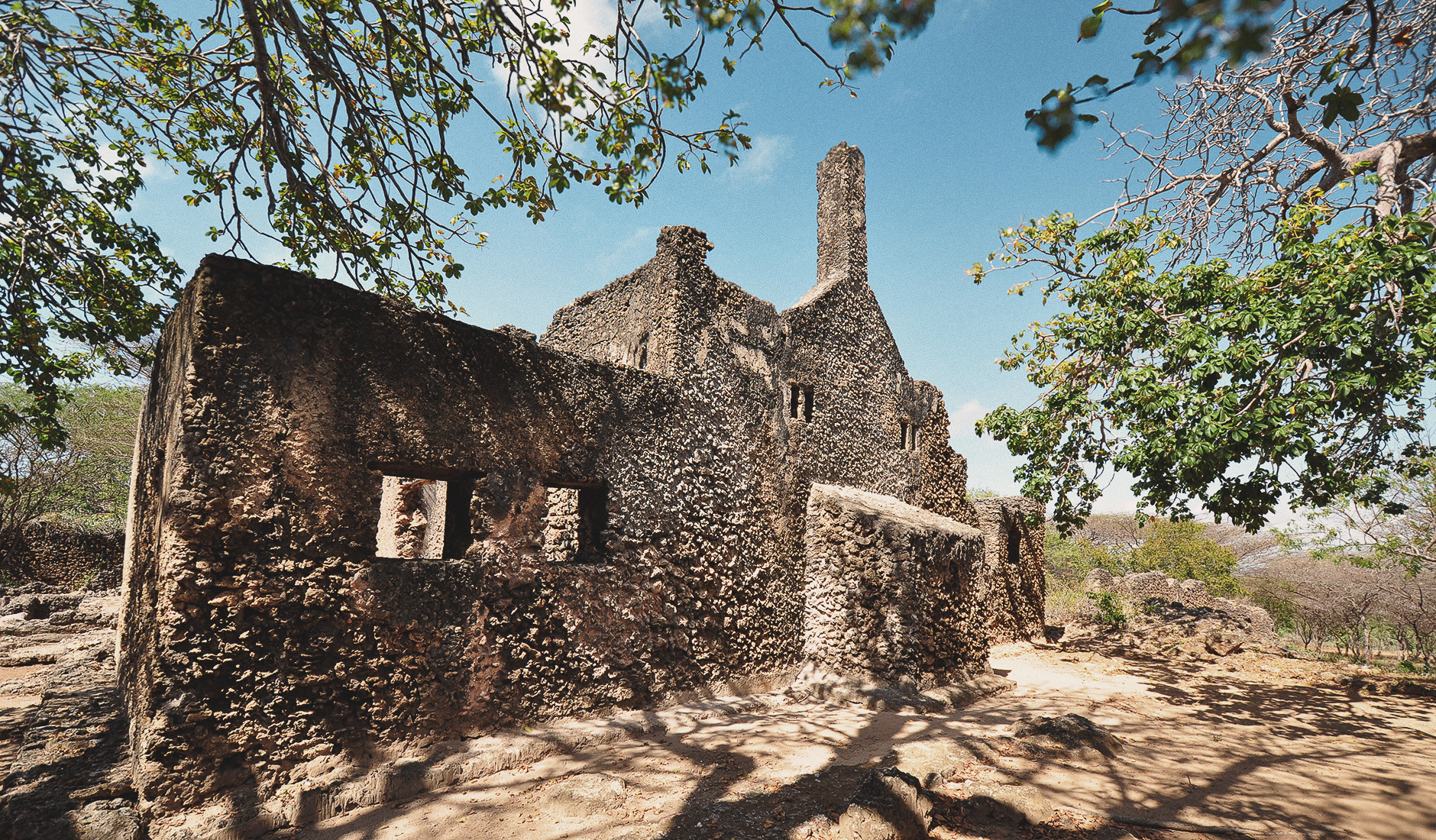
The Manda Island once held one of the Kenya coast’s largest settlements, but this once-thriving community abandoned their homes and disappeared sometime in the 17th century.
The cause is debated, but the most probable reason was the depletion of fresh water on the island. Today the coral stone ruins are a popular destination for a day trip from Lamu or Shela.
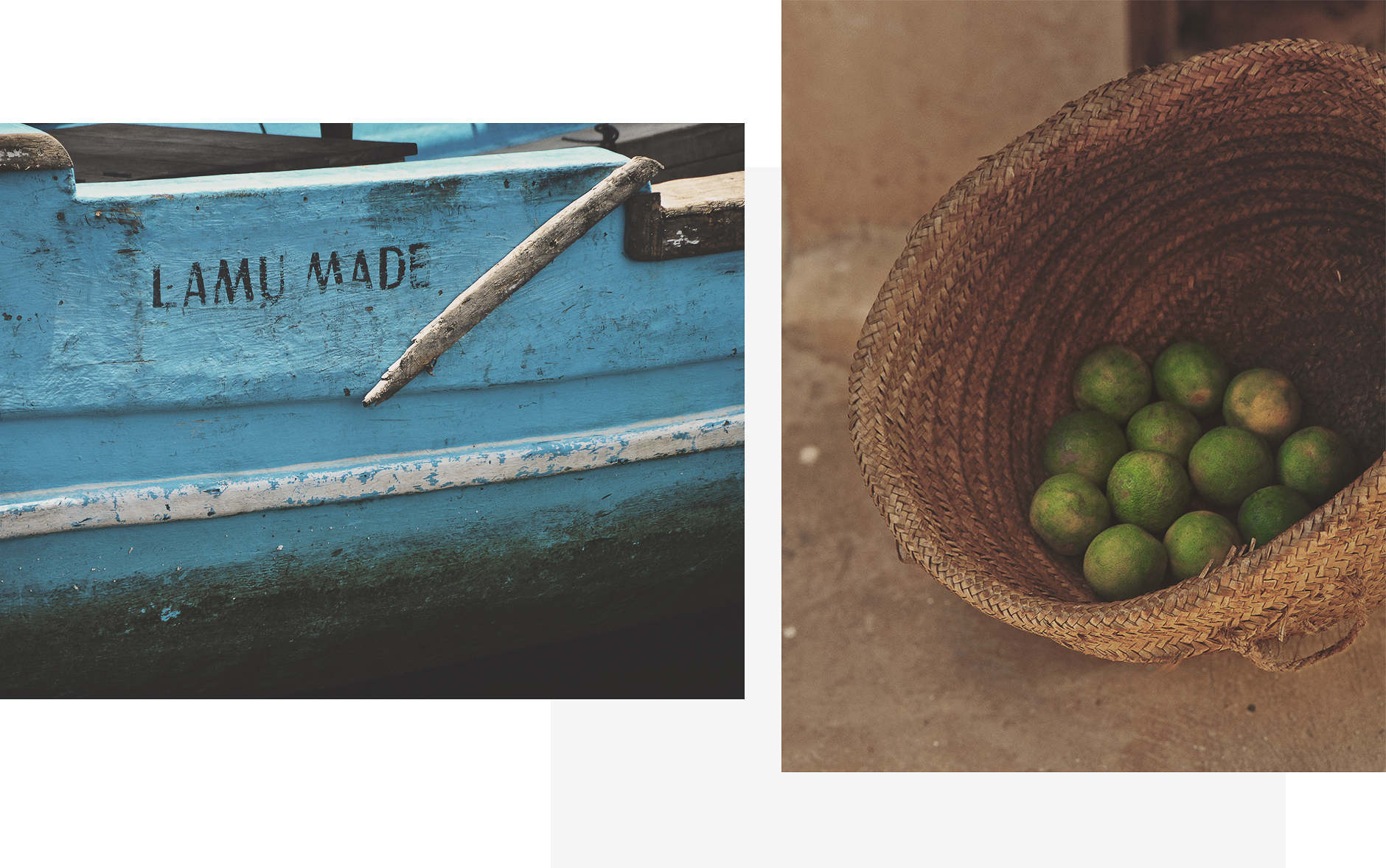

The Lamu Town’s narrow streets haven’t changed for hundreds of years—life moves at the same pace as it always has.
Lamu’s Muslim population carries on the way of life of their ancestors, with the important distinction: today the island’s economy revolves around tourism. But, the traditional markets still cater mainly to the locals. These are some of the most authentic places on the island.


The romance of a luxury star bed in the savannah
This phrase, Kiswahili for “take it slowly,” permeates all aspects of life in Lamu. You cook pole-pole, you sail pole-pole, you adopt the laid-back pace of life, the pole-pole life. Time slows down here—indeed in Lamu it seems to have stopped altogether. A visit here feels a little like a trip back in time, echoing the heyday of Lamu, when this corner of the Earth was a cultural melting pot and a medieval port town thriving with commerce.
Connect with us on Twitter, Instagram, or Facebook. See you there, and meanwhile, happy Kenya planning!
*All photos in this post are by Laskowski & Zadros. © TravelPlusStyle.com.

Getting there: The flight-comparison sites such as Skyscanner (www.skyscanner.com) or Kayak (www.kayak.com) will help you find the best flights and deals.
Disclosure: We may earn commissions for purchases made through links in this post.
Author: Travel+Style. Last updated: 19/03/2024